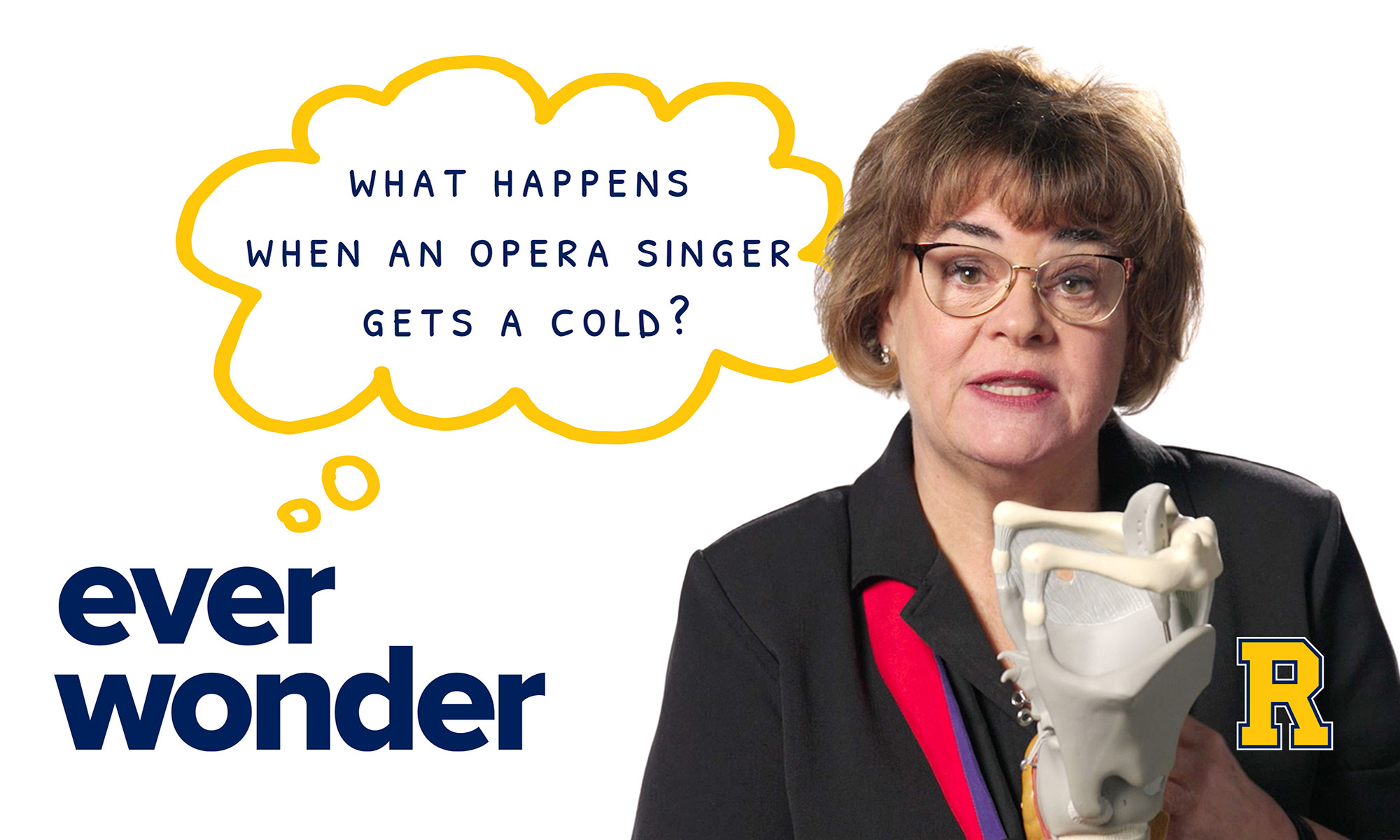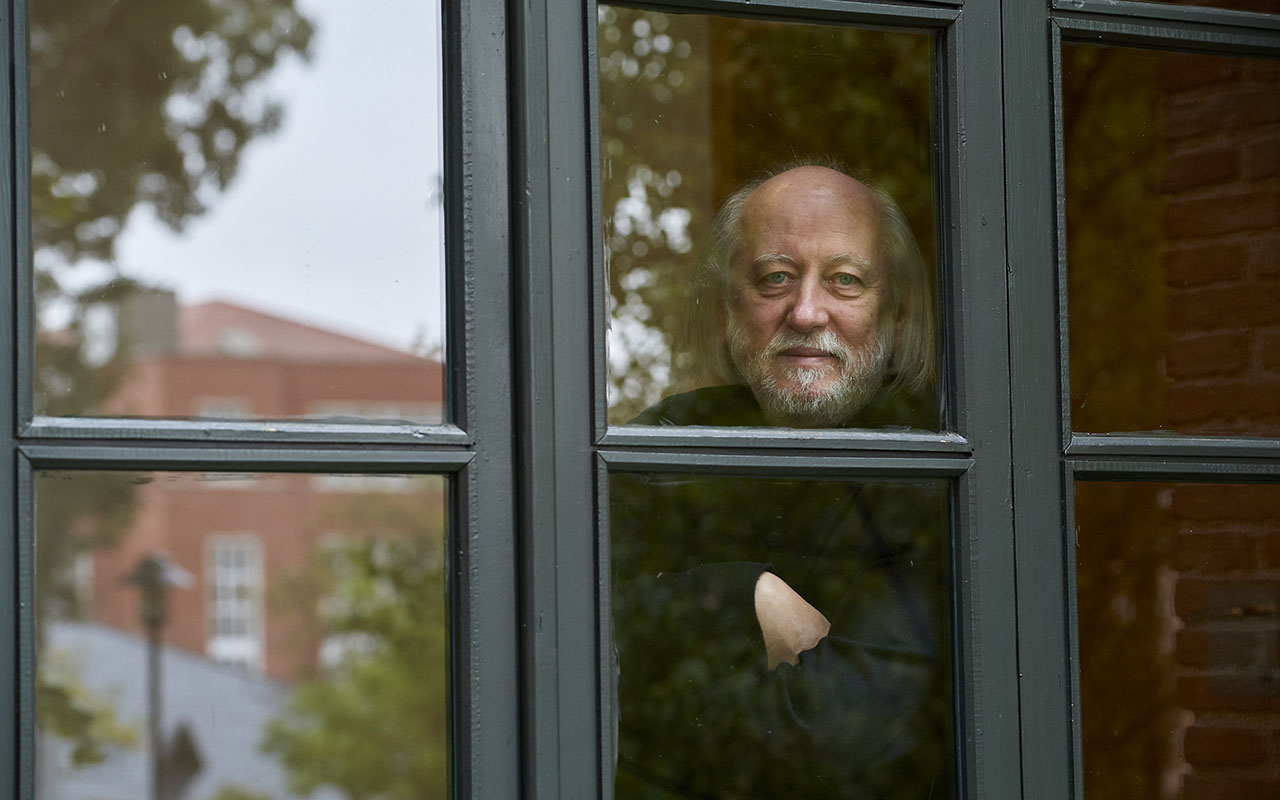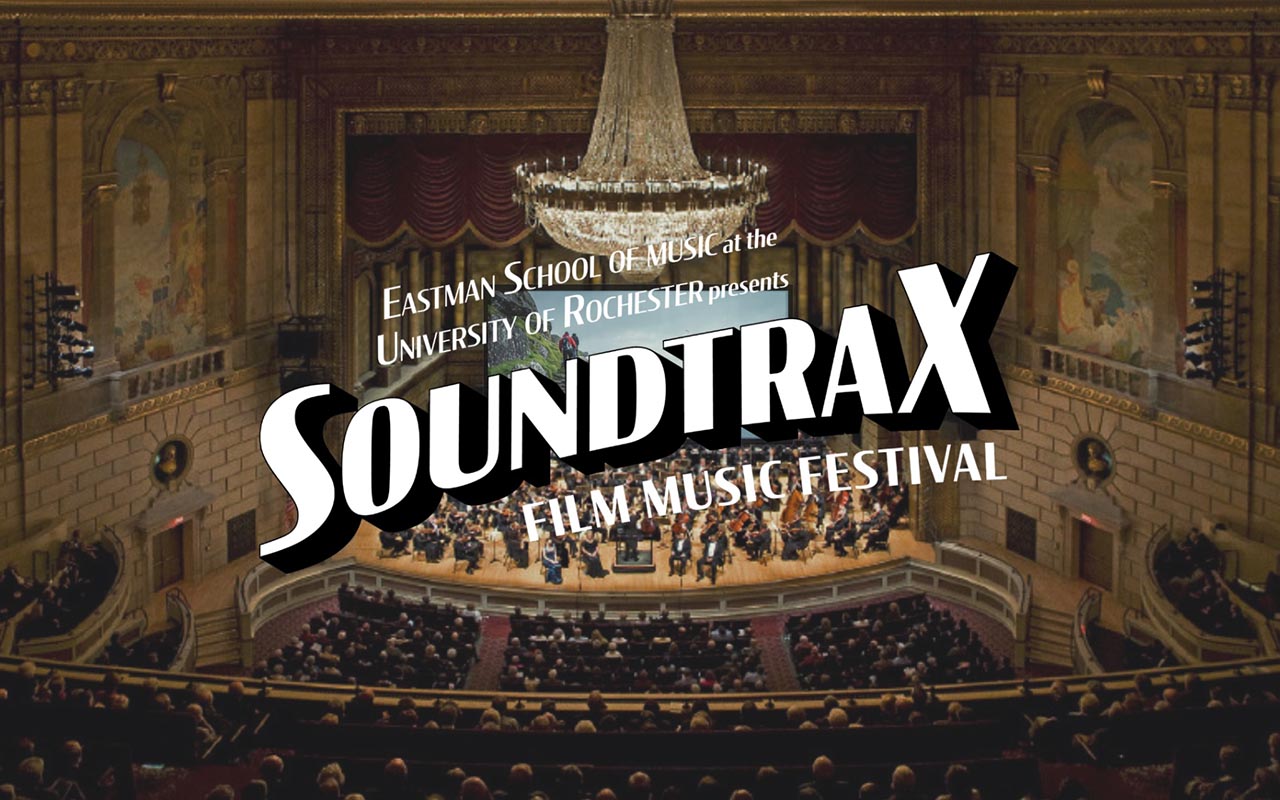You don’t have to be a trained scientist to connect the beauty of a familiar object with the excitement of scientific inquiry.
Sarah Mossey proved that by winning the annual Art of Science Competition with Taraxacum officinale, a photograph of a fluffy dandelion seed head, overlaid with a colorful vector design.
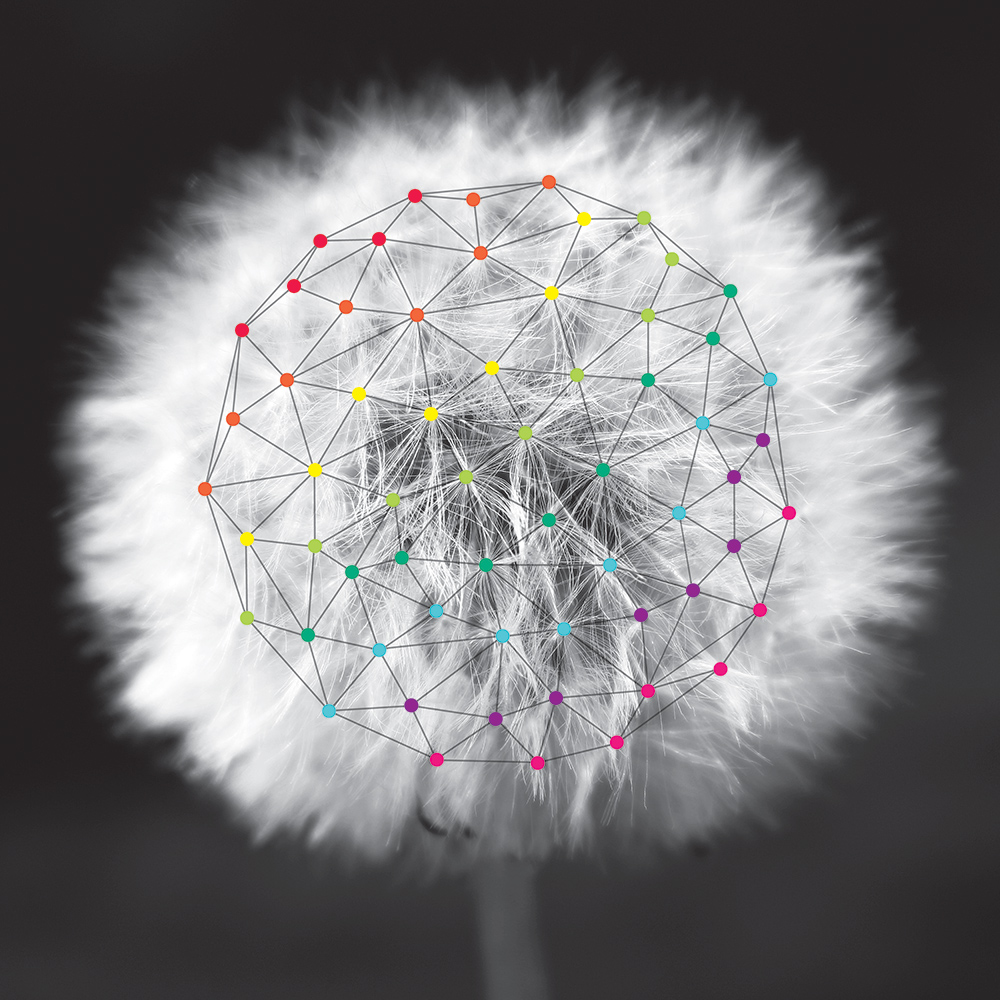
“Upon closer inspection, the common dandelion is anything but common,” her entry explains. Mossey, a senior project manager with Creative Services in the Department of University Communications, says the image combines three sources of inspiration. First there is the dandelion itself, a founding symbol of the University. Next she wanted to convey the unique opportunities for interdisciplinary research at the University, which are represented by the vector overlay connecting each cypsela—or single-seeded fruit—of the seed head. And finally, she drew on her passion for digital photography and her exploration of vector art using Adobe Illustrator.
The competition, sponsored by the Hajim School of Engineering and Applied Sciences in partnership with the University of Rochester Libraries, drew a record 84 submissions from across the University.
Philippe Maass ’20, an economics and political science major, won second place with Crocus Vernus, whose petal “is an example of perfect symmetry in nature.”
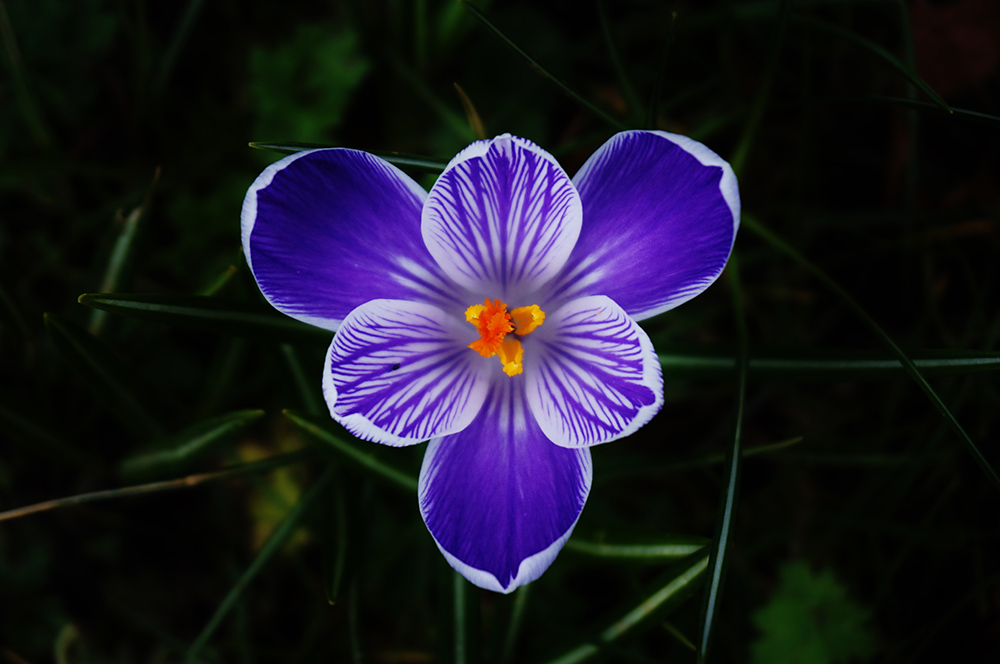
Alyssa Ho ’21 and Maddie Sabatini ’21, both majoring in optics, won third place with Kaleidoscope Eyes—Christmas lights viewed through diffraction grating. The resulting spectrum of colors is “a small reminder of the beauty hidden around us every day.”
Jose Zvietcovich, a PhD student in electrical and computer engineering, won the people’s choice award with A Universe at the Tip of the Human Eye—showing the intricate distribution of cells and collagen fibrils of various layers of the human cornea, embodying “a whole universe of tissue distributions and interactions” that make human vision possible.
Thanks to a gift from Edmund Hajim ’58, former chairman of the University’s Board of Trustees and a Hajim School benefactor, prizes were doubled this year to $1,000, $500, and $250 for three judges’ prizes and another $250 for the People’s Choice Award, which was new this year.
The increase in prizes provided an extra motivation to enter the competition, Mossey says. “I just felt they’re really taking this seriously, they’re bumping it up to the next level, and it inspired me to play out this idea that I had in my head for a couple of years.”
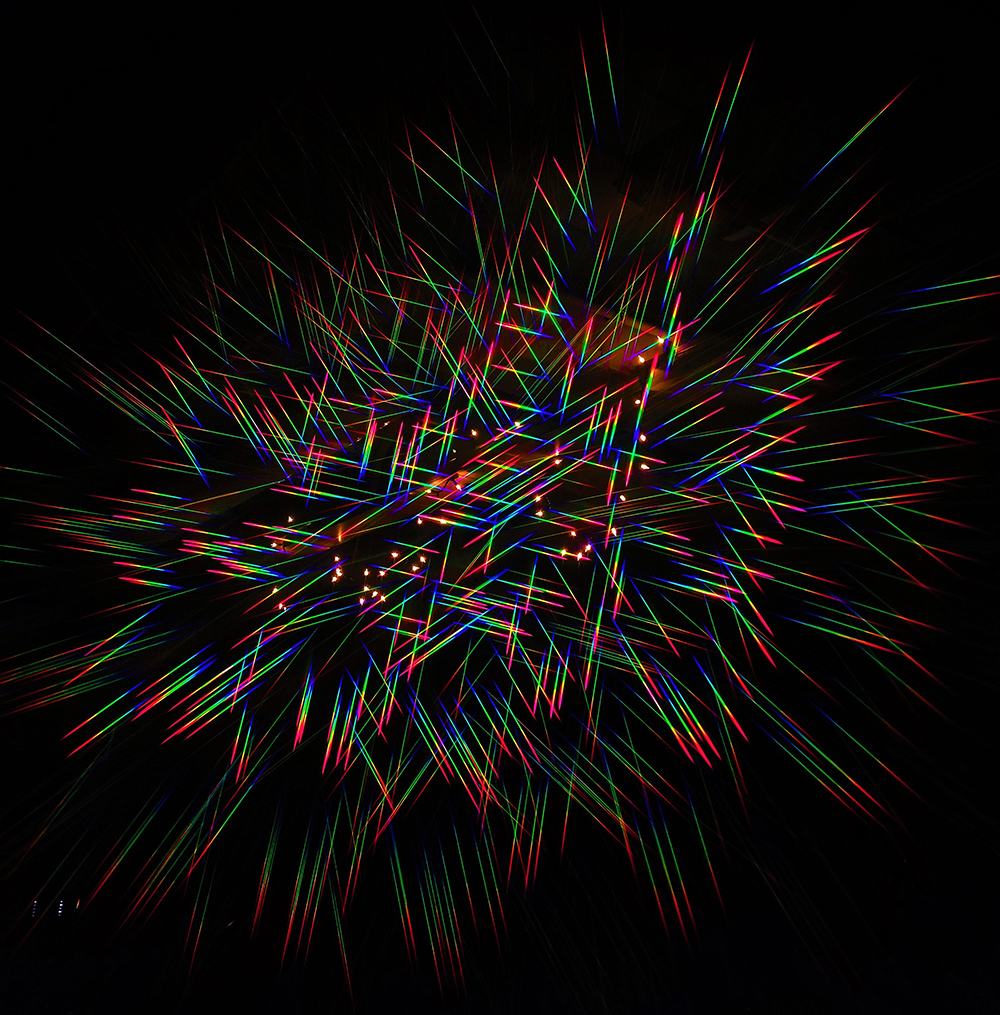
Seeing the art in science
“Nature has always astounded the scientifically inclined with the complex yet elegantly simple beauty of its design. Sometimes the image that one sees looking through a microscope lens or out into space is just as pleasing as a Monet or Rembrandt.”
This was the rationale behind the first Art of Science Competition first held by the Hajim School in 2011. The goal was to embody the beauty in engineering and science and, as Hajim Dean Wendi Heinzelman says, “to engage members of the community in looking at what they see every day in a new light.”
Submissions are solicited—and received—from across the University. Recent winners have included students in chemistry, biochemistry, and microbiology.
Since 2017 winning entries have been put on permanent display in the Carlson Science and Engineering Library. “The Carlson Science and Engineering Library is a perfect location to celebrate and showcase the Art of Science—the outcome of science, creativity, and beauty,” says Mary Ann Mavrinac, the vice provost and Andrew H. and Janet Dayton Neilly Dean of the University of Rochester Libraries. She is also one of the judges for the competition.
“As a communal, interdisciplinary space, the Art of Science will hopefully inspire wonder, and be a catalyst for students, staff, and faculty to learn the wonders of science,” she says.
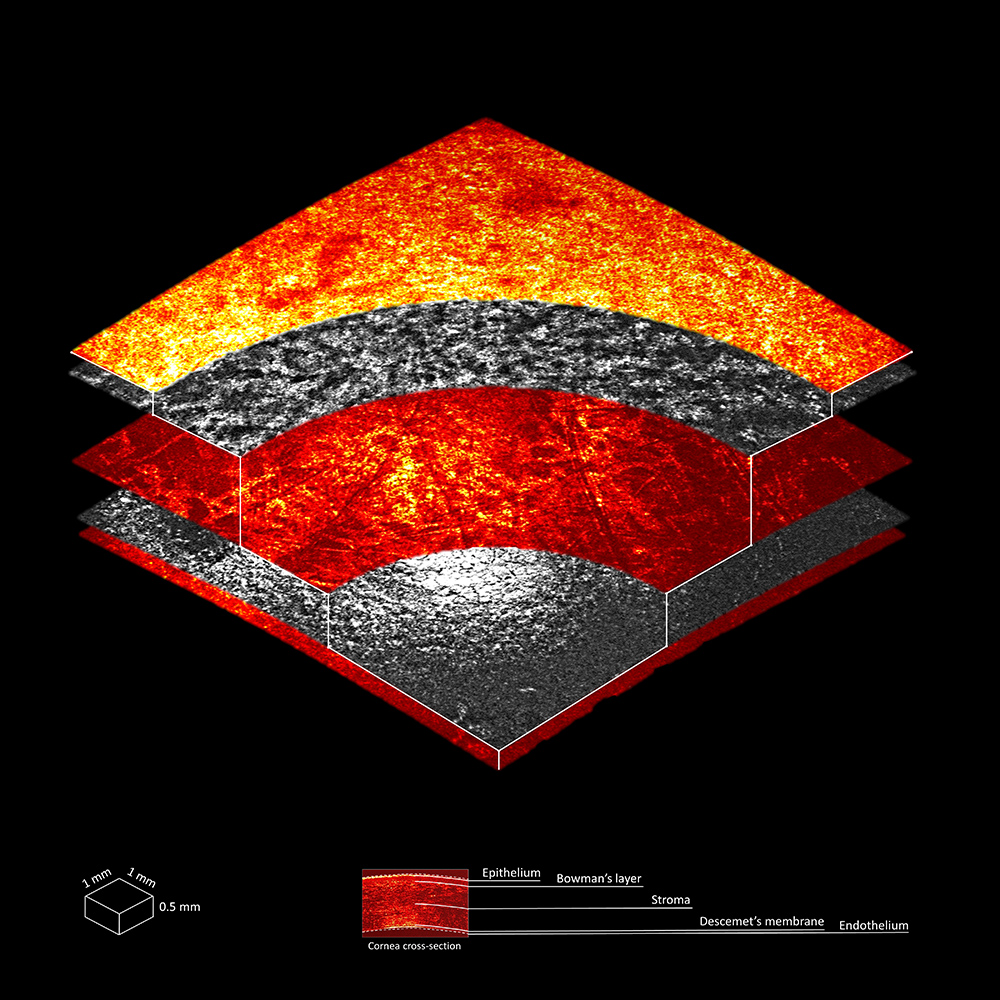
Harold Clark, senior director of STEM learning and community at the Rochester Museum and Science Center—and also a contest judge—says the competition helps make science and technology accessible to the general public. As such, it provides a platform for “technical folk to learn how to share the passion for what they do with vocabulary and metaphor that is appropriate for people who aren’t in their field, or even in science or technology. It isn’t an issue of dumbing things down; it’s finding the way to connect with the audience’s knowledge and life experience.”
Brian McIntyre, who organized this year’s competition, concurs. “Practitioners of science are good at speaking amongst themselves, but for the broader world to understand the significance of both what we do and why we do it, our communication needs to be relevant to their experience,” says McIntyre, director of operations for URnano and a lecturer in optics.
And, as this year’s competition demonstrates, even nonscientists have a chance to win.
“Because I’m not a scientist or a science or engineering major, I wondered if I should even enter, but I figured ‘no, I’m going to go out on a limb and try it. What’s the worst that can happen?’” says Mossey, who has helped prepare promotional material for the competition each year.
She almost missed the deadline to apply. “I had the art ready, but I didn’t quite know how to explain what I was trying to do. And I wanted to give it some science flavor.”
So Mossey engaged in some scientific inquiry. She looked up the scientific nomenclature of the dandelion. She learned about the structure and scientific terminology of the seed head.
“It actually forced me to do some research into something that I look at all the time, which I appreciated.”


